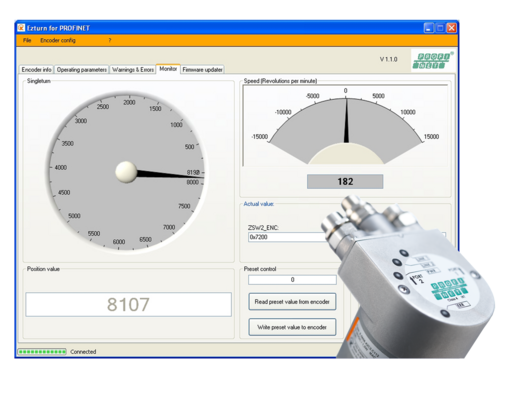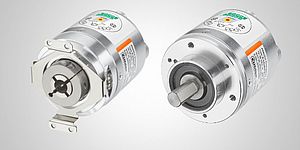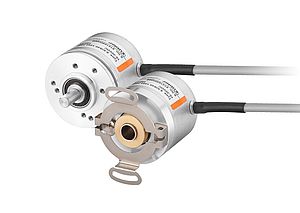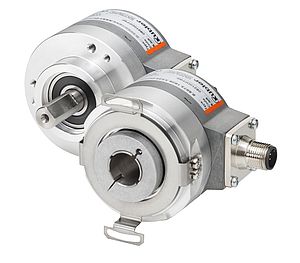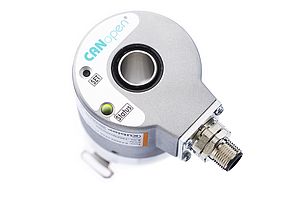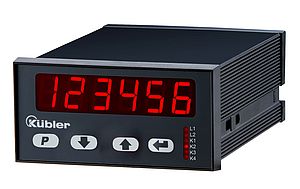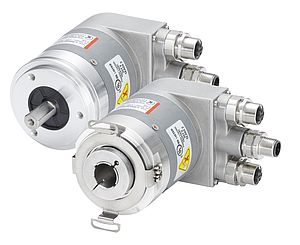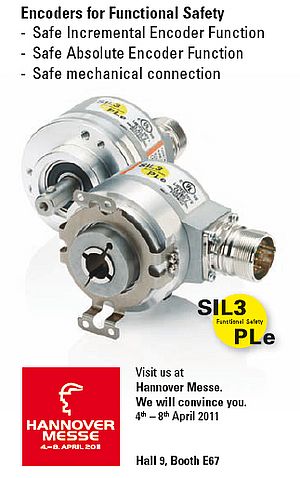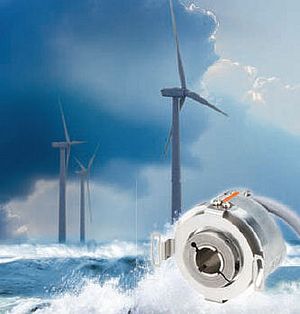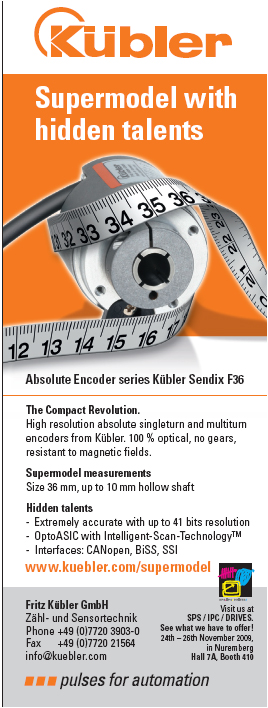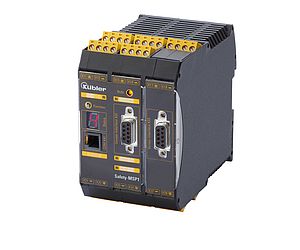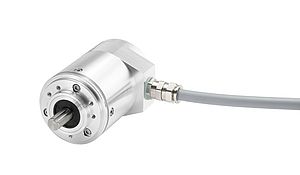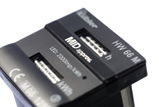Time is money. This applies especially to cost-intensive industrial plants. Every even short downtime has a negative impact. And the always repeated start-up times add up and become cost-intensive interruptions. The Fast Start Up (FSU) allows now to start up a system in much less than a second. The PROFINET IO encoders from Kübler make this quick start possible.
Without FSU, starting up a PROFINET IO system with all the field devices participating in the communication requires about ten seconds. In the case of applications such as highly complex industrial robots, it must be possible to carry out, for example, a tool change much faster, since this change has direct influence on the processing cycles. Flexibility in production is essential within the timed cycle of an assembly line. In short: it must be possible to manufacture quickly and flexibly various vehicle types.
The Sendix PROFINET IO encoders from Kübler make this possible. They support FSU by storing remanently the parameters that have been determined during the first Auto-Negotiation/Auto-Crossover. They also store remanently the IP address. Moreover, the internal start-up after a reset also guarantees speed thanks to the use of a performant embedded operating system.
Time is saved also during control, since Ezturn ensures a very easy testing of the defined parameters and setting of the preset values.
But, in spite of the increased speed, the functionality of the sensor has not been reduced. The Sendix absolute family implements the whole encoder profile according to "Profile Encoder Version 4.1" and "Identification & Maintenance Functionality in Version 1.16" (IM 0, 1, 2, 3 and 4).
Furthermore, Kübler offers the customers PROFINET IO encoder-specific program blocks for the STEP7 environment.
These encoders support the Isochronous-Real-Time-Mode, also called IRT Mode, and are therefore ideal for real-time applications. Implementation is easy, thanks to the simple "Plug-and Play" installation with the help of the "Ezturn for Profinet" software supplied with the encoder, which also allows a quick and simple update of the software of the encoder. This firmware update allows expanding the features of the encoder without having to disassemble it. Also in this case, the production cycle does not need to be interrupted.
To ensure a quick and error-free start-up, all parameters can be programmed via the bus. The bus terminal cover is equipped with 3 x M12 connectors for a quick, simple and error-free connection. The standard Ethernet interface ensures a direct link, for example from the laptop to the encoder.
Thanks to the "Safety-Lock" bearing structure, the Sendix PROFINET IO singleturn and multiturn encoders guarantee highest safety. The large interlocked, widely spaced bearings ensure stability in case of vibrations and confer a robustness that even accepts incorrect installation, avoiding machine stoppages and repair work. This also reduces downtimes. The sturdy die-cast housing, with its protection level up to IP67 and the wide temperature range of -40°C to +85°C, also allow using these encoders for outdoor applications.
Visual warning and alarm signals advise of sensor faults, undervoltage or over-temperature. Fault diagnosis is therefore much simpler, allowing the measures necessary to correct the problem to be taken without delay, thus avoiding long machine downtimes.
The Media Redundancy Protocol is implemented. Basically, the advantage of MRP is that the functionality of the components, which are wired in a ring structure, is maintained in case of a failure or of a breakage of the wires in any location.


